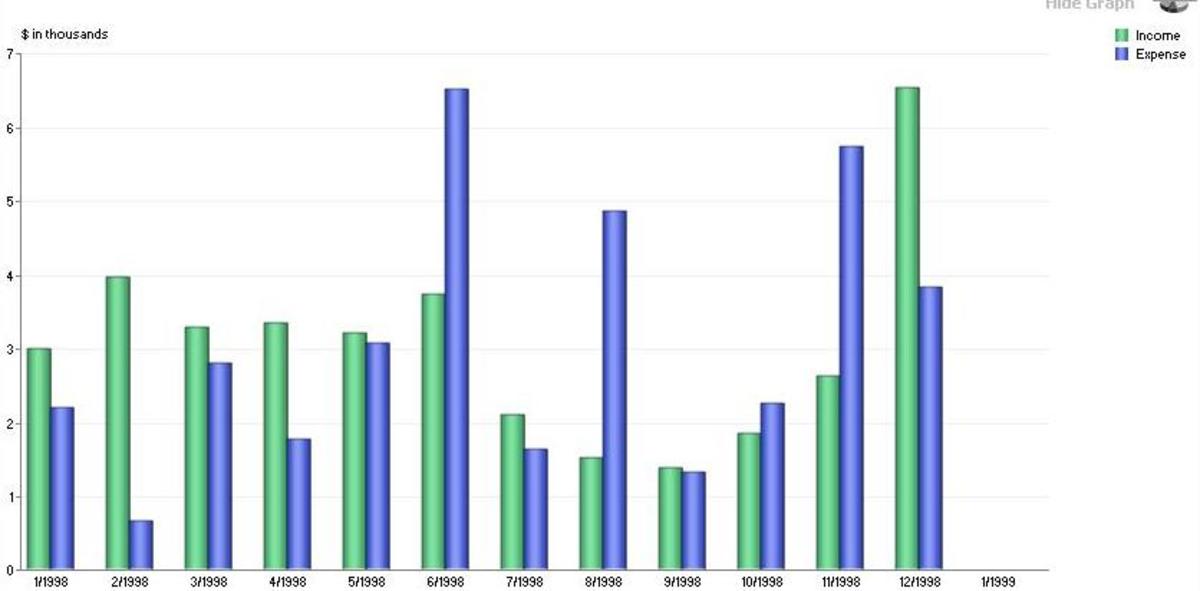Book Review: ‘The Mystery of Fascism’ by David Ramsay Steele
Introduction
“The Mystery of Fascism” borrows its title from one of David Ramsay Steele’s most famous essays, though there are two dozen more essays in this collection. That’s why the subtitle is “Dave Ramsay Steele’s Greatest Hits”. This book is a stand-alone work that draws from three decades of Ramsay Steele's writing. But what topics does it address?

About “The Mystery of Fascism” by David Ramsay Steele
Chapter 1 can be described as Steele on Rand. This praises “The Fountainhead” while criticizing the Objectivist cult. He mocks “Atlas Shrugged”. However, he’s right that Objectivism is so staunchly atheist that it pushes away conservatives who embraced libertarian economics.
Chapter 2 lists the many injustices caused by the fad of repressed memories and a legal system that allowed people to be jailed because of them.
Chapter 3 argues in favor of sortation, the filling of government offices at all levels by lot, a random lottery. One of the best demonstrations of this was the movie "Harrison Bergeron".
Chapter 4 argues in favor of legalized gambling, describing it as a productive and morally good option.
Chapter 5 is the namesake “The Mystery of Fascism” article. This is a must-read. It provides an in-depth analysis of the rise of fascism and communism in the aftermath of World War 1. It compares the fascist and Communist movements both in terms of ideology and practice, though both were murderous.
Chapter 6 is the author’s personal journey to reconnect with family. Chapter 7 is more intellectual; it is an analysis of the JFK conspiracy theories. There are several similar articles addressing other conspiracies and alternative theories. For example, Chapter 21 uses the Atkins diet relative to conventional wisdom as a case study on alternative theories and why they exist. Chapter 21 comparing N-zi eugenics and Communist Lysenkoism is, in my opinion, the stronger one.
Chapter 8 is a brief ode to fossil fuels. I consider this the weakest essay in the book.
Chapter 9 is an abstract essay asking why modern society – the richest and freest in human history – is considered the most unhappy. He argues that the majority is happy, and that the average person in the developed West is happier than those in the developing world. The focus and what makes the headlines is the unhappy.
Chapter 10 is his first analysis of New Atheism, the wave of best-selling books that promoted radical, unabashed atheism. He explains this as equally due to a reaction to the 9/11/01 terrorist attack and already present political polarization. His belief is that atheists blame all religion for Islamic terrorism and then use that as the basis for attacking Christians. It has the side benefit of letting them minimize the role of Islam in Islamic terrorism.
This is addressed in greater depth in Chapter 13, “The Bigotry of New Atheism”. That essay also brings in the tens of millions murdered by atheistic regimes, mostly Communist. It barely addresses environmentalist terrorism and was written too soon to address Antifa terrorism. It does discuss the PKK, the Communist Kurdish militia that committed many atrocities.
This essay also explains the why of suicide bombings by Muslim terrorists. According to Pate’s data, around half of the suicide bombings up to 2003 did accomplish their political objectives. For example, bombing Khobar Towers got the U.S. to pull out of Lebanon, and that was the intent. It is thus an effective, economical military strategy for terrorist groups.
Chapter 11 is an analysis of the TV show “Dexter” and why people are fascinated by it. Chapter 13 is Steele’s criticism of David Graber’s works; Graber is his direct opposite philosophically speaking.
Chapter 14 is an essay I wish I could give vegans. It is a moral defense of meat eating. Instead of using the moral frame that animals are harmless innocents and any suffering or restriction of them is immoral, he uses the frame that it is only immoral to eat them if they suffer more in our care and consumption than if they did in the wild. If we’re treating them better than they’d live and die in the wild or in a world without humans, enjoy your barbeque.
Chapter 15 is Steele’s first essay criticizing Scott Adam’s book “Win Bigly”. In Chapter 16, the author also criticizes the popular theory that we all live in a simulation, citing Adam’s “two movies” comparison of how people in different political tribes can live in different realities. Chapter 15 is specifically about how he would have helped Hillary Clinton win the 2016 election.
Chapter 17 is an analysis of Hayek’s Theorem of group selection. He brings up how this theorem is used to demand adherence to political mandates that people would otherwise reject. I would recommend Jonathan Haidt’s “The Righteous Mind” as follow-up reading.
Chapter 18 argues that functionalism is a myth. He uses both social examples and engineering examples to prove this.
Chapter 19 is titled “The Market Socialist Predicament”. David Ramsay Steele says it is a predicament because most socialists never support the market at all. He brings in a number of European examples like the self-management (small government enterprises) of Yugoslavia and Codeterminations in Germany. These semi-competitive entities were generally ignored and unsupported by socialists because it wasn’t considered good enough.
Chapter 20 explains the concept of sunk costs in economics.
Chapter 22 asks if the internet will lead to a collective mind. He analyzes the related concepts by Chorost before presenting three different models of collective consciousness.
Chapter 23 asks what happens if we agree with “The Myth of Mental Illness”. After you increase research into potential unknown diseases and biological causes of mental illness, what are the moral implications and likely outcomes?
Summary
This book touches on some of the themes from David Ramsay Steele’s books like “Orwell Your Orwell” but stands out from them in the sheer variety of topics it covers. The worst essays are mediocre, and there are several very good ones in the “The Mystery of Fascism”. Every assertion is backed up by data, strong reasoning or both. Four stars. I would have given it five stars if they’d dropped the weaker essays and only delivered the best.
© 2019 Tamara Wilhite







